
This guide is based on one created by the former Librarian at Branksome Hall Asia, Jeri Hurd.

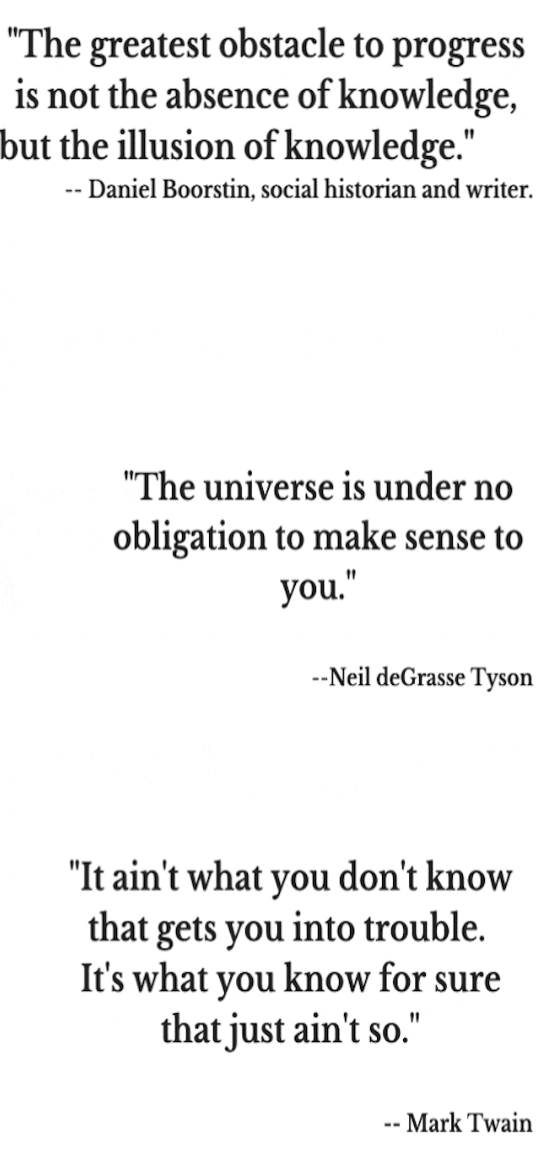
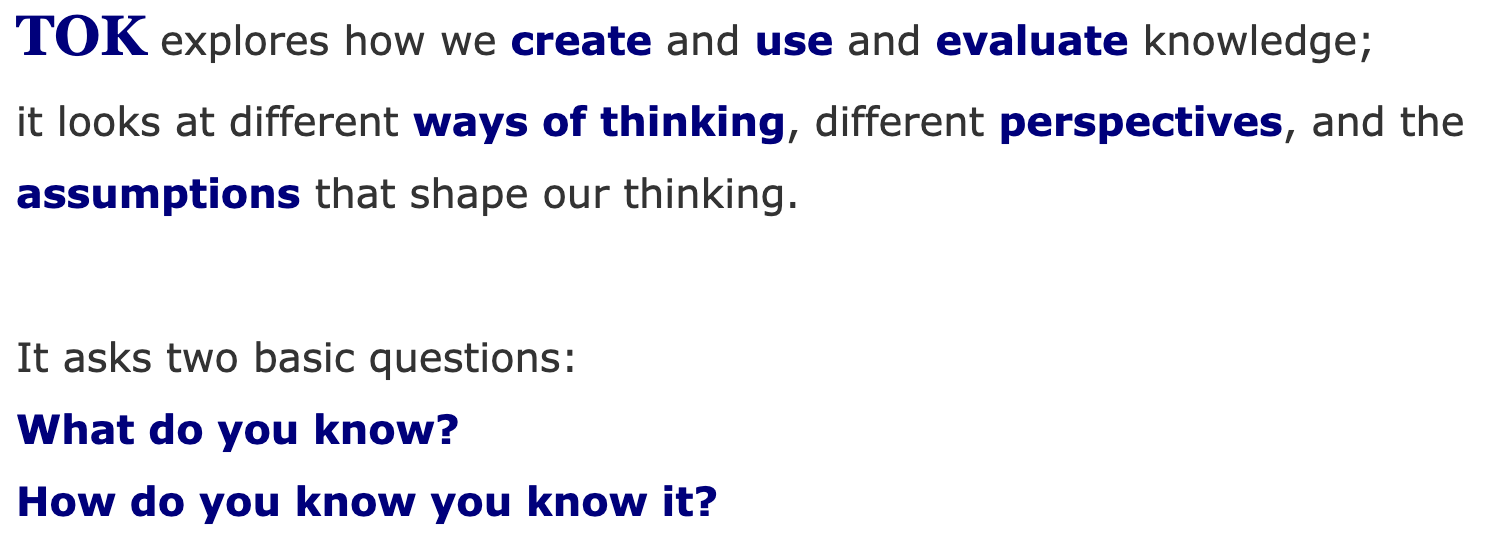
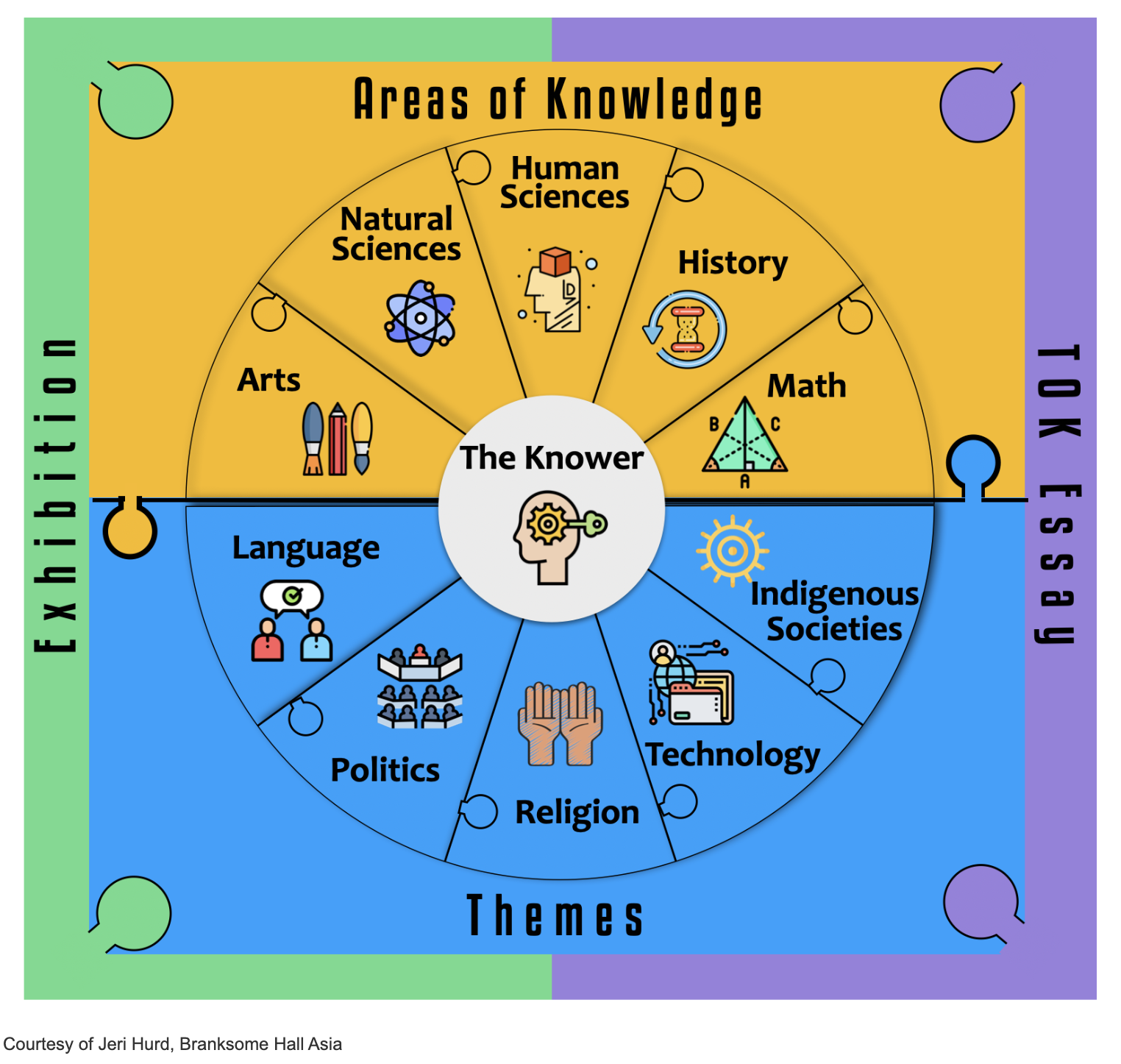
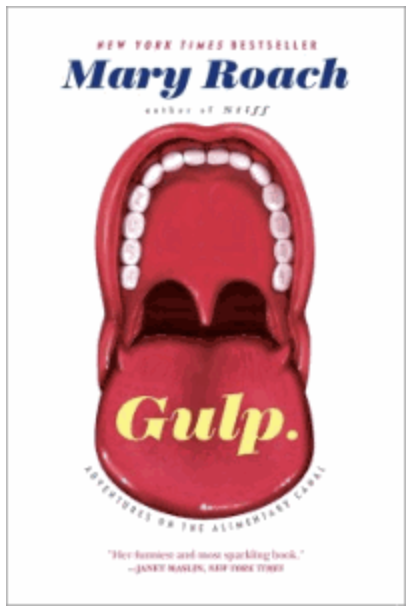
*Starred Review* In her latest rollicking foray into taboo, icky, and underappreciated aspects of the human body, best-selling science writer Roach takes readers on a wild ride down the alimentary canal. Not that the author of Stiff (2003), Bonk (2008), and Packing for Mars (2010) ever takes a direct route anywhere. No, voraciously curious and intrepid Roach zips off in whatever direction her ardor for research and irrepressible instinct for the wonderfully weird lead her. She begins this hilarious, mind-expanding inquiry into eating, digestion, and elimination with the symbiosis between smell and taste, guided by an olfactorily gifted "sensory analyst," then profiles Horace Fletcher, proponent of a rigorous chewing routine known as "Fletcherizing" practiced by Henry James and Franz Kafka. We learn more than one can imagine about saliva and our passion for crispy and crunchy foods. Given Roach's fascination with what we find disgusting, scientific obsessions and bizarre experiments, and horrifying things we do to ourselves, the stories get stranger as she proceeds down the body. Roach interviews a prison inmate about "rectal smuggling" (including cell phones), tells tales of flatulence, and reveals the truth about Elvis Presley's fatal megacolon. For all her irreverence, Roach marvels over the fine-tuned workings and "wisdom" of the human body, and readers will delight in her exuberant energy, audacity, and wit. Copyright 2012 Booklist Reviews.
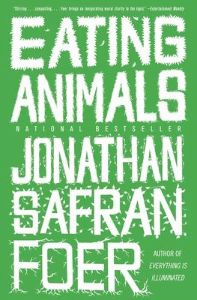
|
|
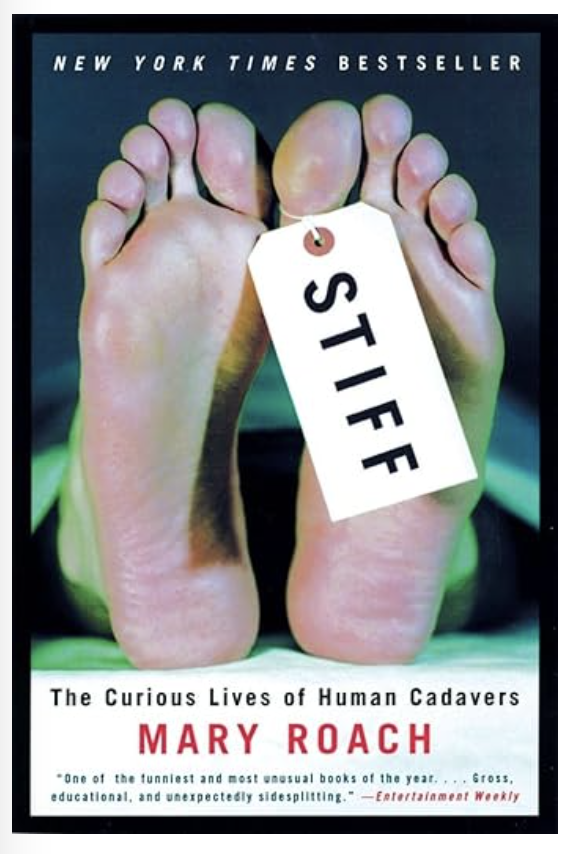
"One of the funniest and most unusual books of the year....Gross, educational, and unexpectedly sidesplitting."―Entertainment Weekly
Stiff is an oddly compelling, often hilarious exploration of the strange lives of our bodies postmortem. For two thousand years, cadavers―some willingly, some unwittingly―have been involved in science's boldest strides and weirdest undertakings. In this fascinating account, Mary Roach visits the good deeds of cadavers over the centuries and tells the engrossing story of our bodies when we are no longer with them.
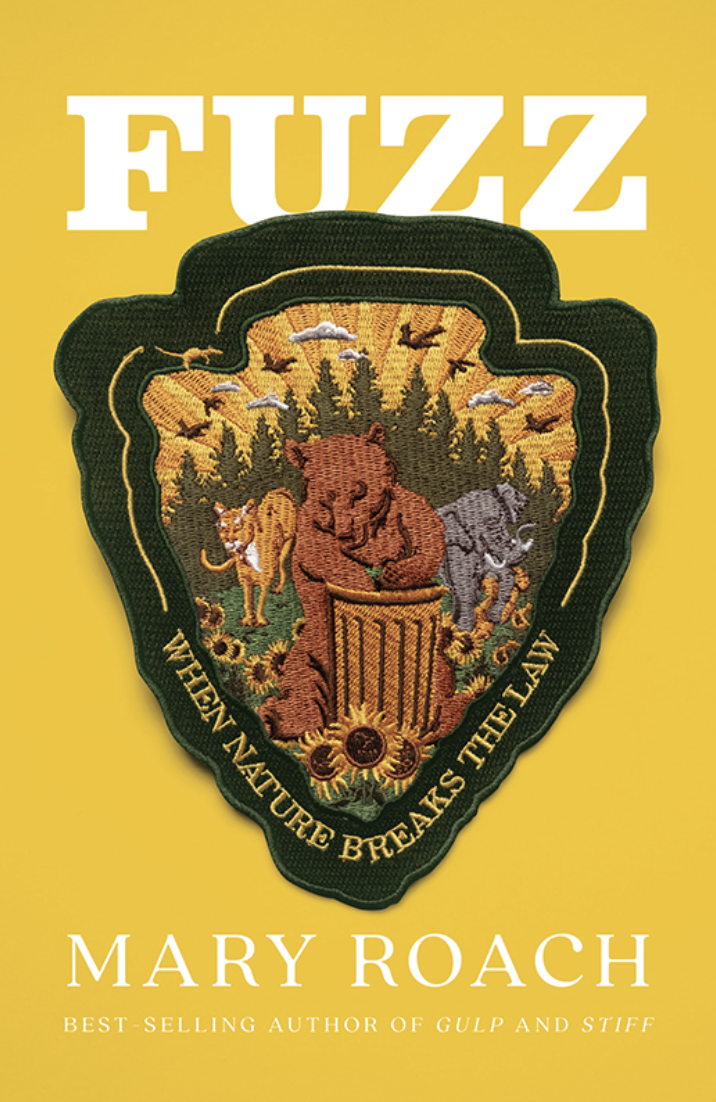
What’s to be done about a jaywalking moose? A bear caught breaking and entering? A murderous tree Three hundred years ago, animals that broke the law would be assigned legal representation and put on trial. These days the answers are best found not in jurisprudence but in science: the curious science of human-wildlife conflict, a discipline at the crossroads of human behavior and wildlife biology. At this very special event we will be joined by New York Times best-selling author Mary Roach for an entertaining conversation about her new book Fuzz: When Nature Breaks the Law. We can ask about her about the time she tagged along with animal-attack forensics investigators, when she traveled to St. Peter’s Square in the early hours before the pope arrived for Easter Mass to watch how they handle floral display-destroying gulls, what it’s like to taste-tests rat bait, and how to install a vulture effigy. Combining little-known forensic science and conservation genetics with a motley cast of laser scarecrows, langur impersonators, and trespassing squirrels, Roach reveals as much about humanity as about nature’s lawbreakers. When it comes to “problem” wildlife, she finds, humans are more often the problem—and the solution. Fascinating, witty, and humane, Fuzz offers hope for compassionate coexistence in our ever-expanding human habitat.